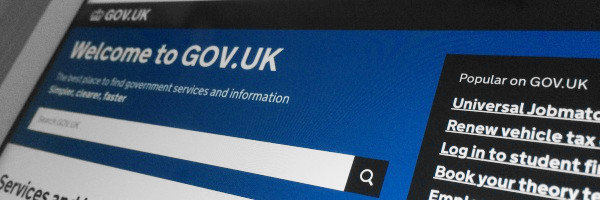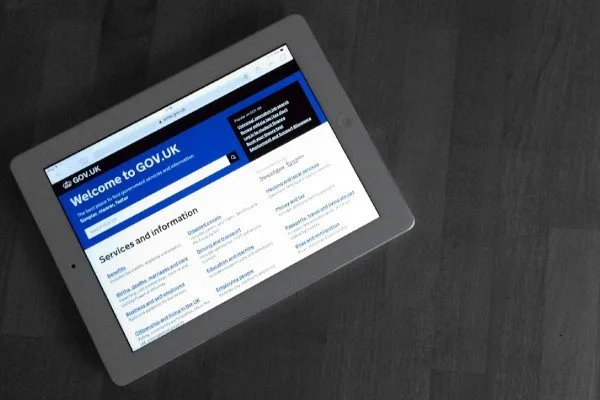What does Digital by Default mean?
By Team Arrk |
|
4 mins read |

It’s a phrase that’s being thrown around by the UK Government: but what exactly does ‘digital by default’ mean? The definition is not immediately clear, but here with our digital by default guide we examine what it’s all about and what it could mean for your business.
So what does digital by default mean?
According to the GOV.UK website, digital by default refers to the criteria to meet, for digital teams that are building government services (see: Digital by Default Service Standard). There are 26 criteria that should be adhered to for the full life of the service your organisation is providing, according to the Government’s Digital Strategy it was implemented in April, 2014. Crucially, the idea is not to replace services with digital only options, instead it is simply meant to encourage those who can turn digital to do so.

For members of the public this means that Government services – or at least 25 of the most used services by March 2015 – will be available in a digital format. So whether you want to manage your taxes; update your PAYE status; claim a carer’s allowance; or view a driving record; you can now do so using digital services. Among the innovations was the introduction of an online voter registration system, which was introduced on June 10, 2014, allowing UK citizens to register to vote in as little as three minutes just by entering their name, address and national insurance number into a form online.
What is the purpose of digital by default?
The idea of digital by default is two-fold. First, it is designed to save people time and effort by making services more efficient. It appears it is working too, with 82 per cent of the one million people applying to register to vote from June-August 2014 doing so through the online format rather than with paper services. Indeed there is also a 90 per cent satisfaction rate with the service.
In addition, the digital movement is designed to save the Government money because its’ staff does not require the same time to deal with digital transactions as they would with offline alternatives. The result is that the Government is predicting around £1.7billion in annual savings.
Is digital by default right for your organisation?
As a general rule of thumb, there is an array of benefits to going digital. After the initial financial outlay there are vast savings to be made on staff costs and administration. Systems are easier to run and manage and you can easily keep track of records. Analytic tools can track performance data; while a digital service will allow your company to establish a benchmark for user satisfaction with instant feedback and performance analysis.
What are the barriers to digital by
default?
There are a handful of issues with moving to digital services. These include:
- Providing for disabilities: While assistive technologies, such as dictation systems and screen readers, have emerged, there are still some issues that may prevent people with disabilities from making full use of digital services.The first is the cost – a typical screen reader package can cost more than £650; while an update to the technology typically costs more than £150. In addition, many online services are limited because they have been developed without taking these disabilities into consideration and even the most sophisticated software may not be able to help users.
- People without digital skills: There is still a large part of the population without digital skills; or who do not have access to the internet. According to BBC Learning, this number stood at 19 per cent in April, 2014. Indeed, the Digital Inclusion Charter suggests about 10 per cent of the population may never go digital: with Ofcom reporting that one in eight of the UK population have never been online at all. As such it’s vital to ensure that some services are maintained in an offline format: particularly as those without the internet are generally older or in poorer health.
- Cost: Your organisation must have the finances not only to go digital, but to ensure that all services and technologies are maintained and kept up-to-date to meet user needs.
Ways to reform your organisation with digital by default
- More than marketing: Remember that going digital is much more than just a marketing method and should be treated as such. If you run your business with the idea that digital technology is meant for marketing then its potential will be limited to this role: when in reality it could be used for product development; fulfilment; recruitment; and more.
- Interfaces: If you enter the digital world then ensure your interface is based on user requirements and not built for businesses. Navigation is vital, especially for users with impairments.
- Utilise its full potential: Don’t stop at simply setting up a website. Make sure that digital platforms are fully integrated with your services. Delve into the world of social networking; integrate with all mobile platforms; develop your content to ensure all information is available to consumers on the web; and, above all, make it clear and easy to navigate.









